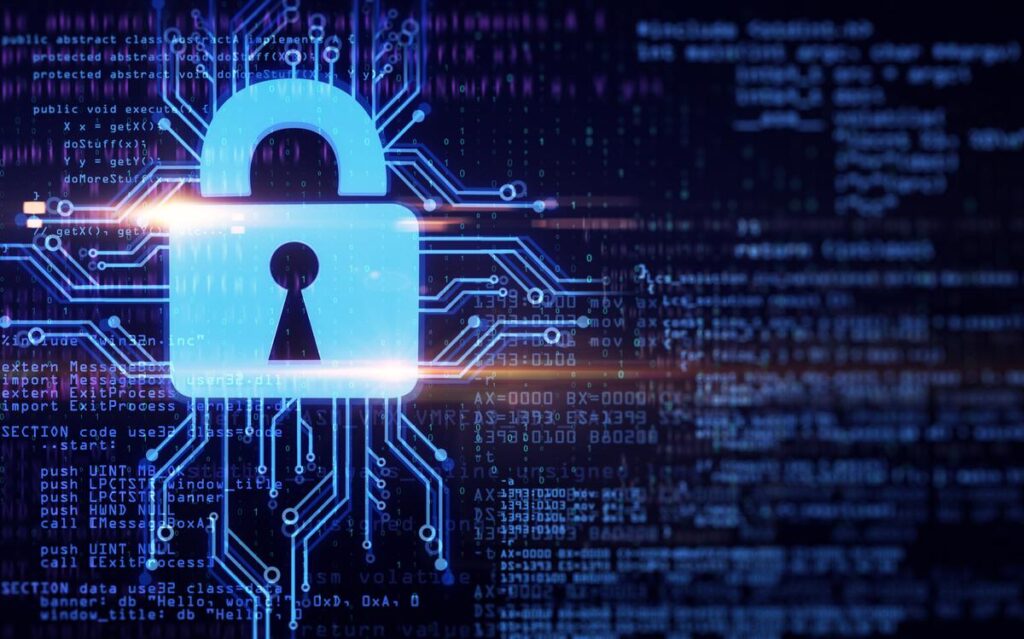In an increasingly hostile climate, data is rapidly becoming fresh blood for the vampiric entities that are hackers and fraudsters. From basic phishing attacks to more complicated interventions, it’s estimated that losses as a result of cyber attacks have...
In an increasingly hostile climate, data is rapidly becoming fresh blood for the vampiric entities that are hackers and fraudsters. From basic phishing attacks to more complicated interventions, it’s estimated that losses as a result of cyber attacks have an impact on millions of American families annually.
For those who are looking to pursue an online masters of cybersecurity, having an idea of the current cyber landscape can be a great way to get a headstart on your studies. From the evolution of risk within cybersecurity to the emerging frontiers of AI, let’s discover how changes in the technology landscape are likely to have an impact on you and your data in the years ahead.
The Risks Have Evolved
Technology has evolved. From the advent of the iPhone in the mid-2000s, there has been a tectonic shift in the way malicious actors attempt to take advantage of your data. This has happened over time – as technology has become more advanced and the cost to serve content has dropped, bad actors have found new opportunities to get creative, particularly through the use of phishing, fraud, and malware attacks.
Every vector is a threat – from banking attacks to fraudulent impersonations of tech support, we find ourselves in a modern-day arms race – looking to protect ourselves from the dangers of attackers while also shaping up for attacks across a multitude of channels.
Your Data Isn’t Immune
The most terrifying part of this? Your data is often at risk daily, even if you keep your data secure and in your possession. As corporations look to gather increasing levels of sensitive information to advertise adequately, they have become platforms for rapidly gathering sensitive information that bad actors can then use.
Consider this – as a security-minded organization, you have strategies in place to ensure that updates are carefully considered and that any security patches are implemented as soon as feasibly available. This strategy, while in no way wrong, presents an element of the security landscape where bad actors look to take advantage of common cyber principles. This can present increasing risks to an organization, as bad actors take advantage of good cyber behavior. One such example of this was the state-sponsored SolarWinds hack in 2021. This update appeared to be a regular security update, and as a result, turned into a global hacking scandal, impacting firms such as Microsoft.
The Pox of AI
In this increasingly competitive environment, a new challenger has emerged. Artificial Intelligence (AI) may be a buzzword in content generation discussions, heightening fears that the next Stuxnet virus may simply be a ChatGPT request away.
At this point in time, it appears that these security fears are unfounded, for now. Studies that have attempted to use generative AI to create malware have found cases where, much like contemporary content, the algorithms seek to use non-existent formulae to create their own solutions. Several such security reports noted that while AI has been on the radar of bad actors since 2019, malicious generative malware is still in its early stages – and criminal misuse of AI is still thankfully low.
However, with AI here to stay and models such as OpenAI’s ChatGPT rapidly evolving, this relief may be short-lived. Artificial Intelligence has the capacity to contribute to the negative behaviors of fraudsters and scammers by enabling them to mass generate fraudulent and manipulative content. In the years ahead, it’s almost a certainty that these actors will seek to use this new technology for their own gain.
Evolving Security Techniques
While there are emerging security risks in areas such as AI, and a rapidly increasing amount of volume for bad actors to sink their teeth into, technology firms have not been sitting idle. Technology titans such as Microsoft are beginning to develop more bespoke techniques for the management of your details – in some cases, no longer asking for passwords and instead asking for security codes.
This reduced reliance on passwords and legacy systems may encourage the development of innovative, defensive systems that look to take advantage of user data to protect them from fraud. Consider how reCAPTCHA uses your browser history in combination with your cursor data to identify if you’re a human – these sorts of strategies could potentially be deployed to identify the unique digital fingerprint of an internet user, enabling for their data to be managed securely online.
For many in the IT services industries, the ability to defend one’s identity against digital threats both old and new looks to be one of the major challenges when dealing with cybersecurity. With the work of courageous defenders, however, the future of data protection looks bright.
The post Where Is The Future of Cybersecurity Headed? appeared first on Big Data Analytics News.



